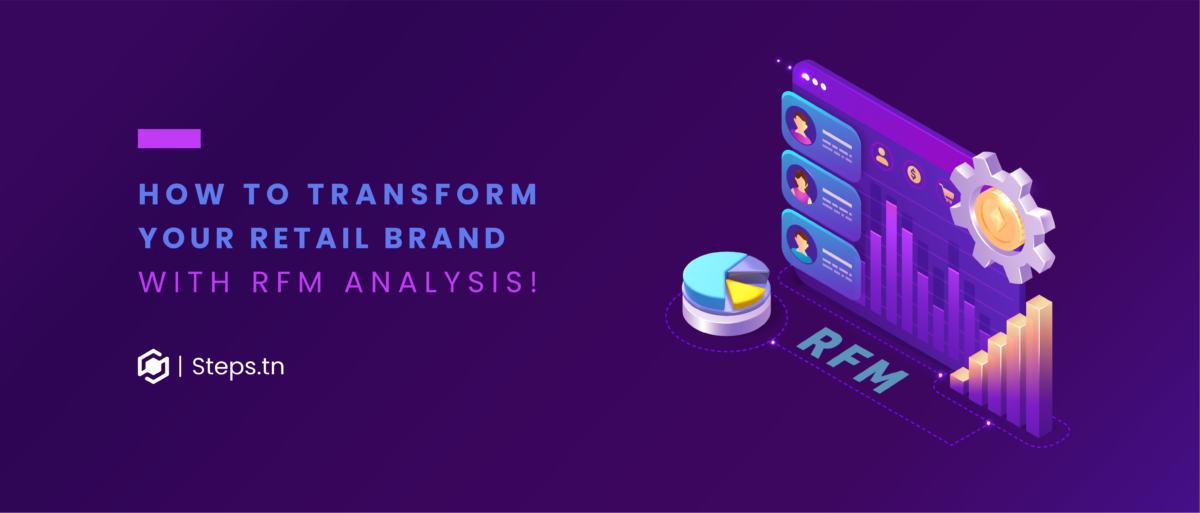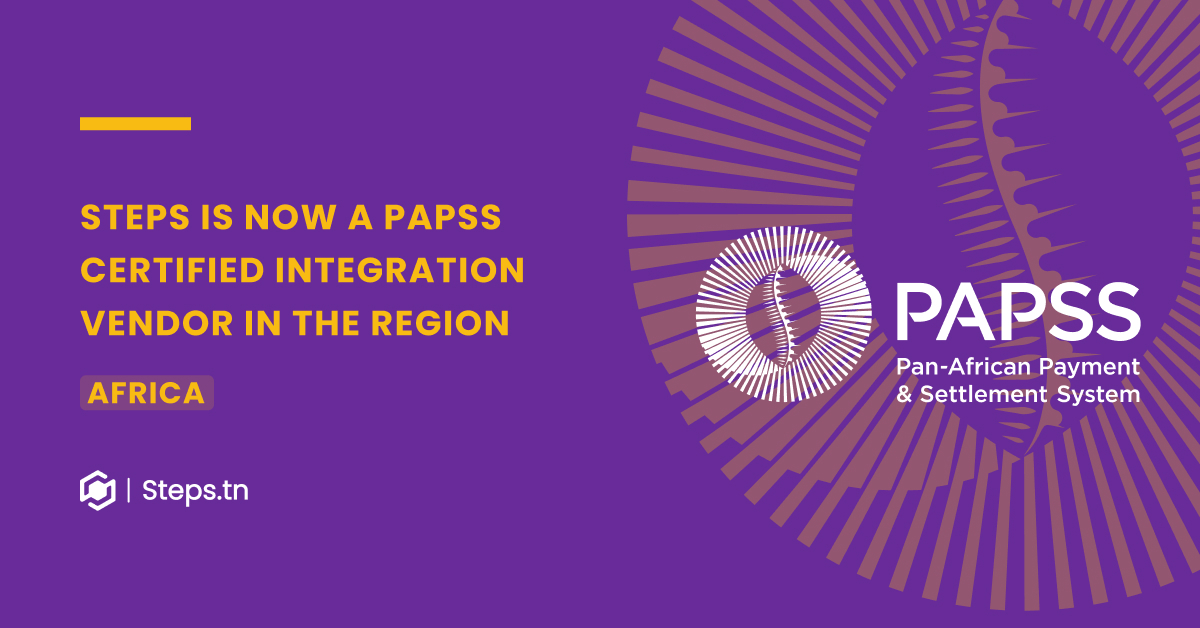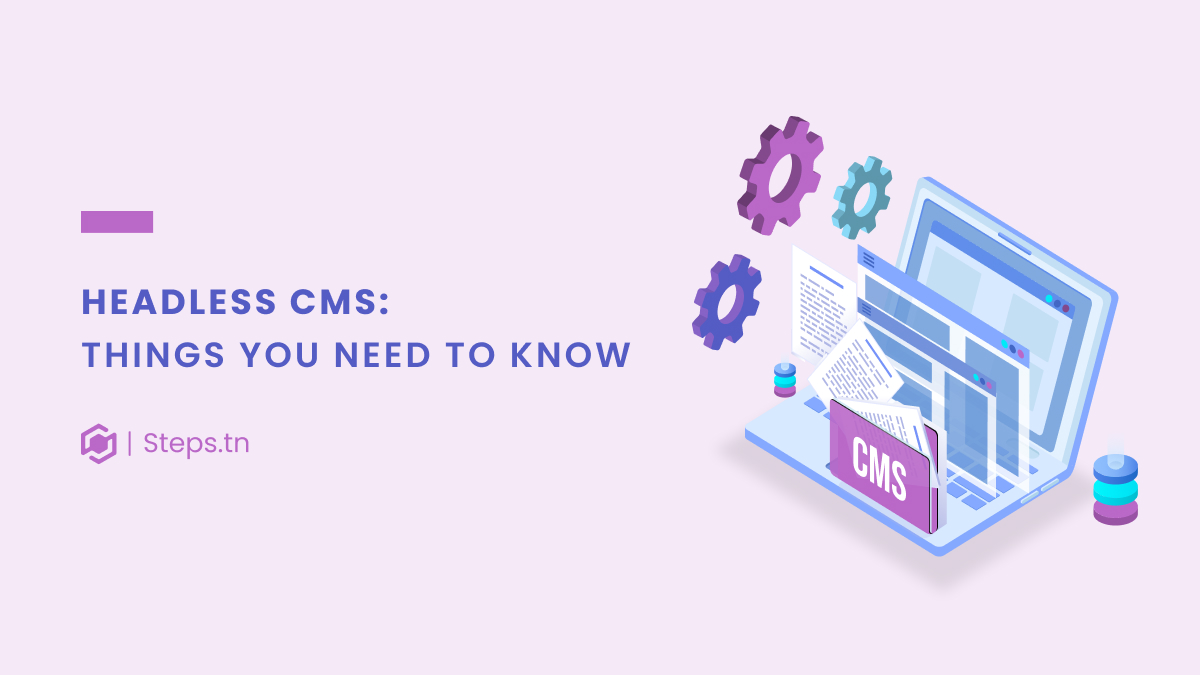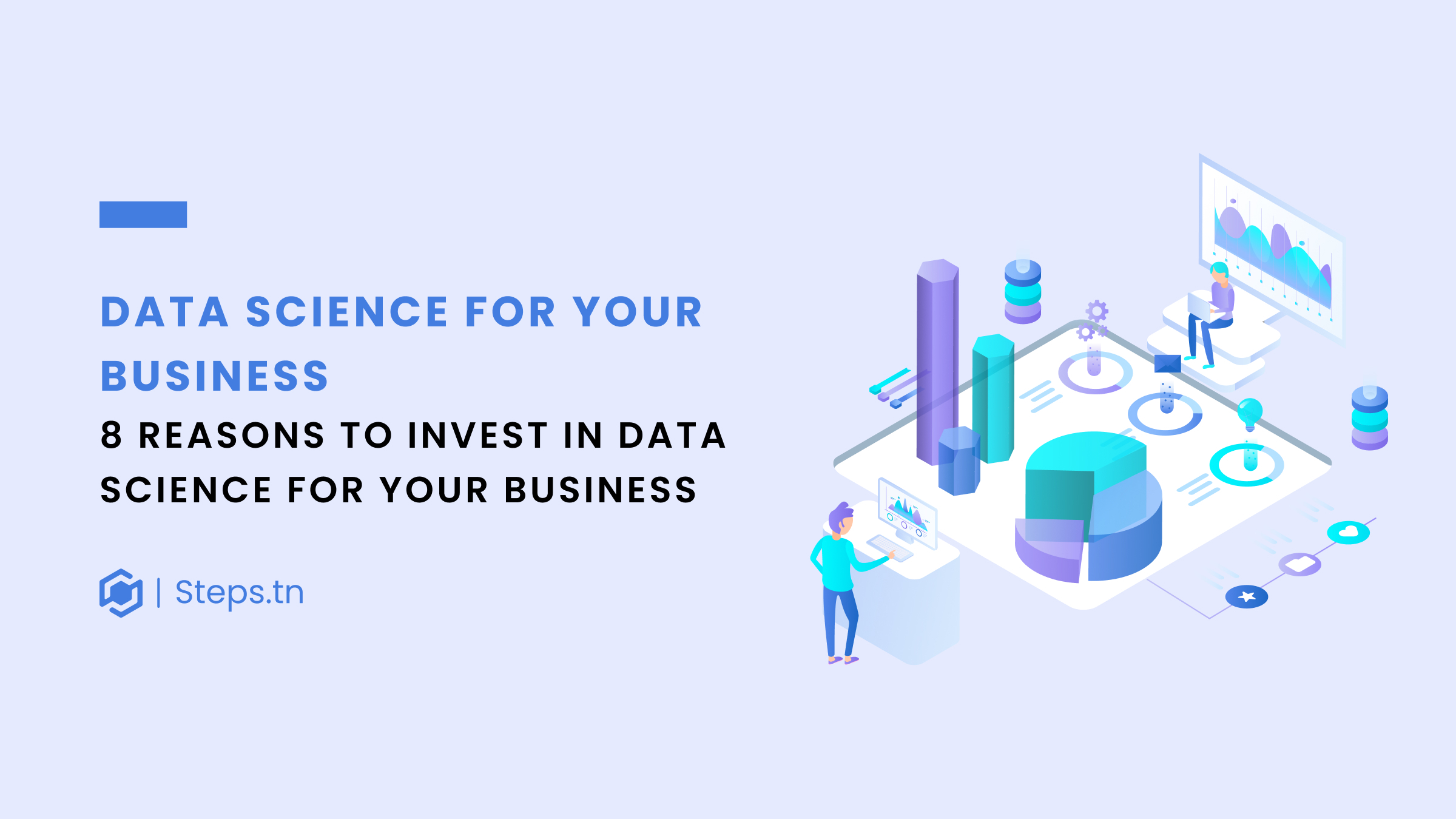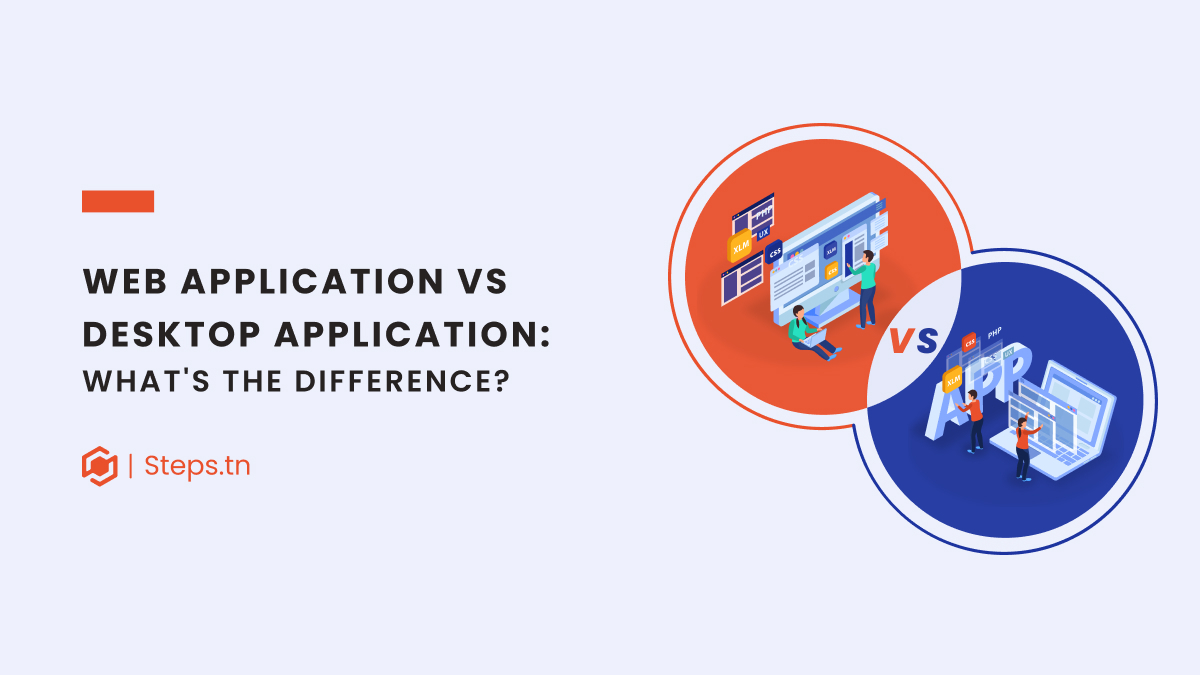RFM analysis is a big talking point in the retail industry nowadays. It is quickly becoming one of the best ways you can use customer data. So what is it?
RFM basically stands for Recency, Frequency, and Monetary Value.
All three of these factors are used to help predict and evaluate a customer’s behaviour. Let’s look into it in more detail.
What is RFM Analysis?
To better understand RFM Analysis, we need to firstly look at each factor separately. Bear in mind that there are numerous KPIs that can be used for each category, however, for the purpose of this article, we will be talking about the ones most commonly used in the retail industry.
Recency: Firstly, recency usually refers to the most recent purchase that the customer has made from the brand.
Frequency: Secondly, frequency is calculated with the purchases made within a determined period of time.
Monetary Value: Lastly, monetary value refers to the total money the customer spent on that brand.
What are the benefits of RFM Analysis?
The main benefit of RFM Analysis is that you get to give your customers personalised offers and advertisements. This will in turn lead to many other benefits.
- Better ROI (Return on Investment) for your marketing.
- Higher customer loyalty.
- Better response rates from your customers.
- Higher customer satisfaction.
- Better customer retention.
- Higher customer lifetime value.
On top of all of that, this tool will help you establish proper customer segmentation. This will in turn help you know how to act differently depending on the customer.
How to transform your retail with RFM?
The benefits of RFM Analysis similarly apply to the retail industry. It is a known fact that people respond more to personalised communication. RFM targets that subconscious feeling, and in turn will help your brand.
In the retail industry, you can only use RFM Analysis if you have data about your customers.
You can collect data in the retail industry in a multitude of ways. You can for example do it at checkout by collecting the customer’s contact information and linking it to something easily usable in the future (such as a code). Now every time they check out, you will be able to easily identify which customer that is. and Afterwards, with the help of RFM Analysis, you will be able to send them personalised offers according to their previous purchases.
Customer Segmentation
With RFM Analysis, you can divide your customers into different categories. This will in turn allow you to know what strategy to use with each category of customers.
For example, for your best and most loyal customers, it would be good to reward them, create loyalty programs or let them test new products. This will make them more loyal to the brand and increase the likelihood of word of mouth.
For customers that haven’t purchased from your brand in a while, it’s a good idea to offer discounts or personalised communication and offer. This is to try and get them to interact with your brand.
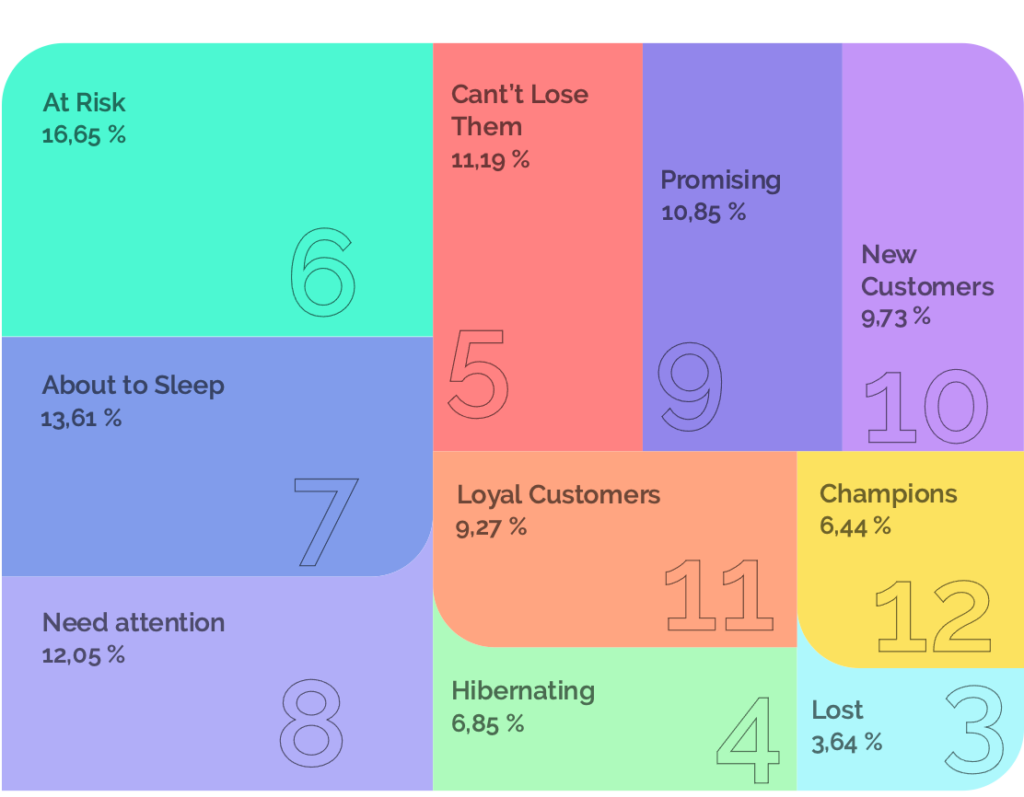
Conclusion
In conclusion, RFM Analysis is a tool that must be used currently in any industry, but especially in the retail industry. It helps you put in place clear strategies with your customers, as well as a large number of other benefits. If you’re not collecting data about your customers yet, what are you waiting for? Start collecting data, and use RFM Analysis now! It will transform your brand! If you need help, make sure to contact us, and our experts will change your lives!

